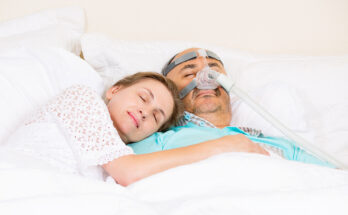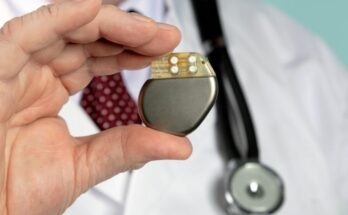Osteoporosis is a condition that affects millions of people, especially women, around the world. It causes bones to become weak and brittle, which increases the risk of fractures and breaks. While there is no complete cure for osteoporosis, there are several ways to reduce the risk of developing the condition. One such way is through cardio exercise.
What is Cardio Exercise?
Cardio exercise, also known as aerobic exercise, is any physical activity that increases your heart rate and breathing rate. This type of exercise is good for your heart and lungs, as well as your overall health and fitness. Examples of cardio exercises include jogging, cycling, swimming, and dancing.
How Does Cardio Exercise Help Bone Health?

When you engage in cardio exercise, your bones experience a certain amount of stress. This stress stimulates the production of osteoblasts, which are cells that build new bone tissue. Over time, this can lead to stronger, denser bones that are less likely to break or fracture.
Cardio exercise also helps to improve your balance and coordination, which can reduce the risk of falls and fractures. This is particularly important for older adults, who may be more susceptible to falls and fractures due to weaker bones and decreased mobility.
How Much Cardio Exercise is Enough?
The amount of cardio exercise you need to do to improve bone health and reduce the risk of osteoporosis depends on your age, fitness level, and overall health. However, the American College of Sports Medicine recommends that adults engage in at least 150 minutes of moderate-intensity cardio exercise per week.
Moderate-intensity cardio exercise is any activity that raises your heart rate and breathing rate, but still allows you to carry on a conversation. Examples include brisk walking, cycling at a moderate pace, and swimming laps. If you are new to exercise, it is important to start slowly and gradually increase the intensity and duration of your workouts.
Other Ways to Improve Bone Health
In addition to cardio exercise, there are other ways to improve bone health and reduce the risk of osteoporosis. These include:
- Strength training: Weight-bearing exercises such as weightlifting and resistance training can help to build stronger bones and improve overall bone health.
- Calcium and vitamin D: These nutrients are essential for strong bones. Be sure to consume enough calcium and vitamin D through a healthy diet or supplements.
- Avoid smoking and excessive alcohol consumption: Both smoking and excessive alcohol consumption can weaken bones and increase the risk of osteoporosis.
Cardio exercise is a great way to improve bone health and reduce the risk of osteoporosis. By engaging in regular cardio exercise, you can build stronger, denser bones that are less likely to break or fracture. Be sure to also incorporate strength training, consume enough calcium and vitamin D, and avoid smoking and excessive alcohol consumption for optimal bone health.




